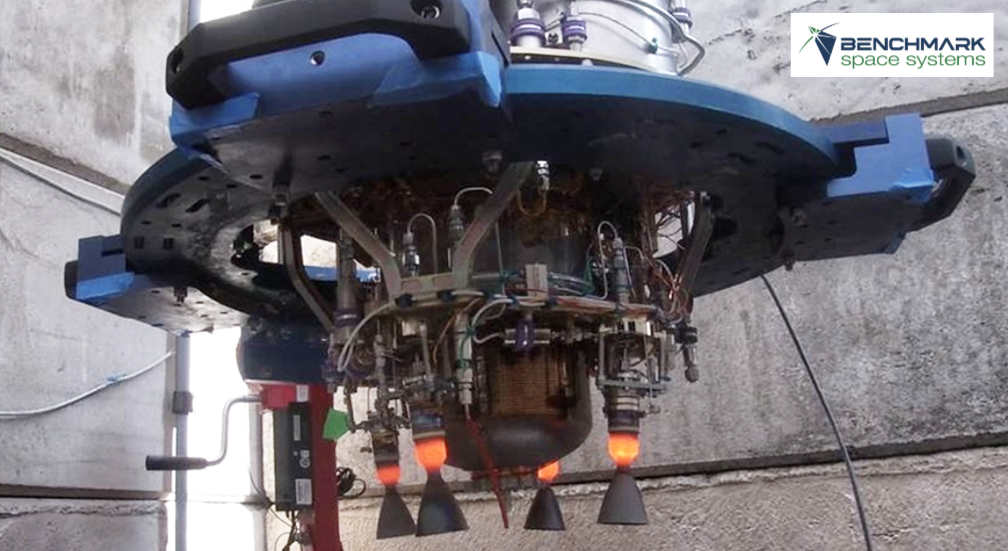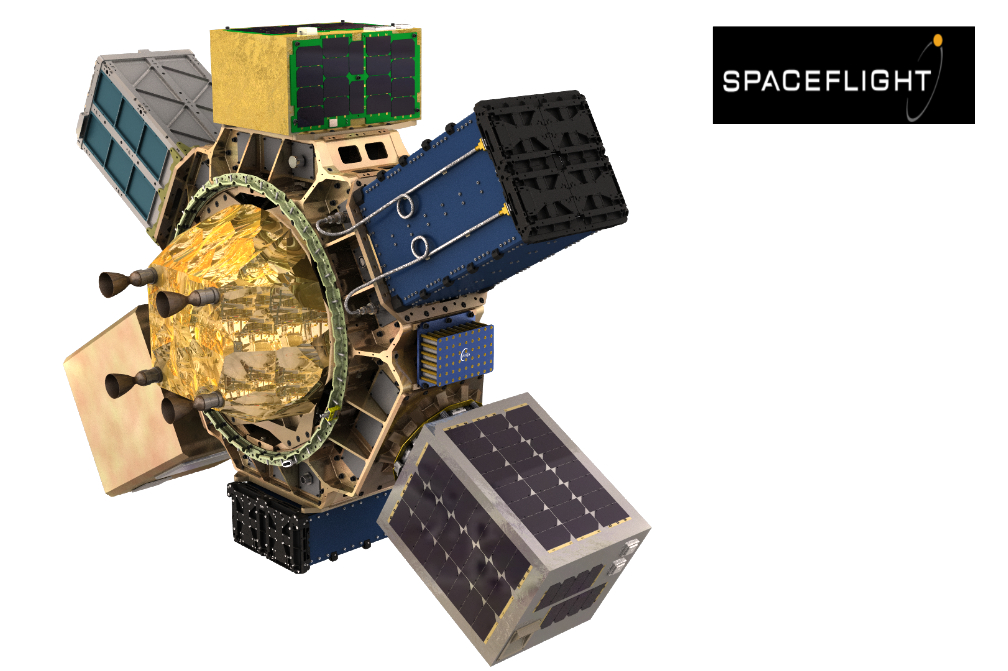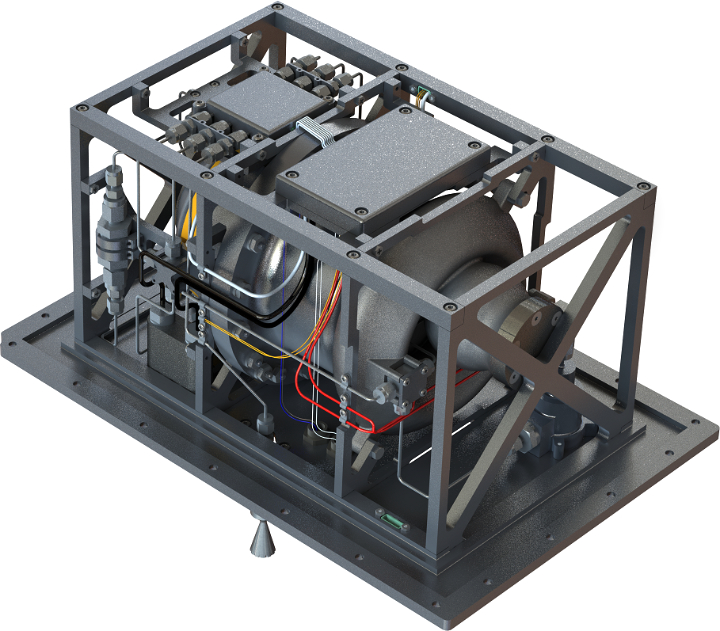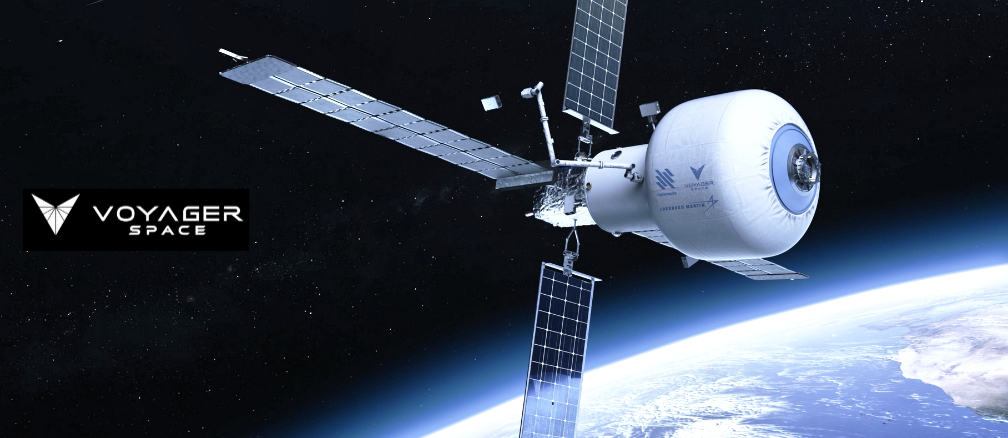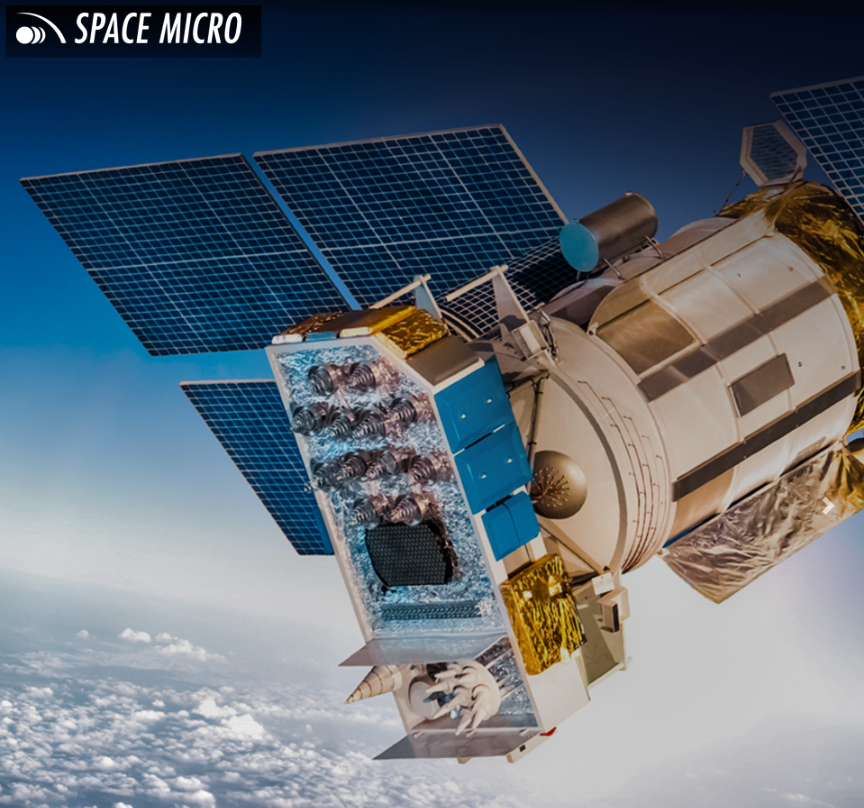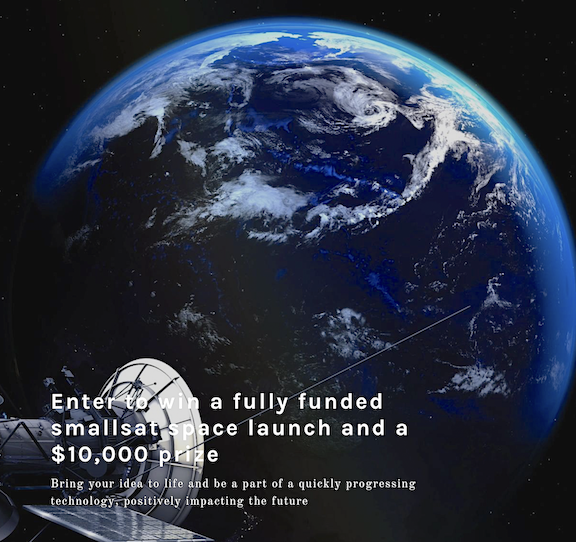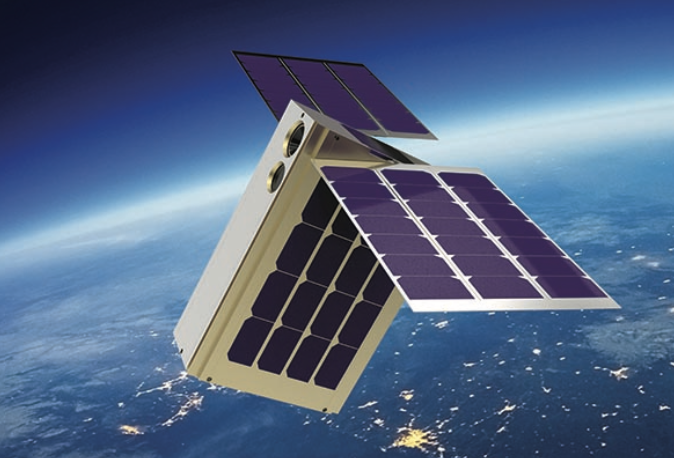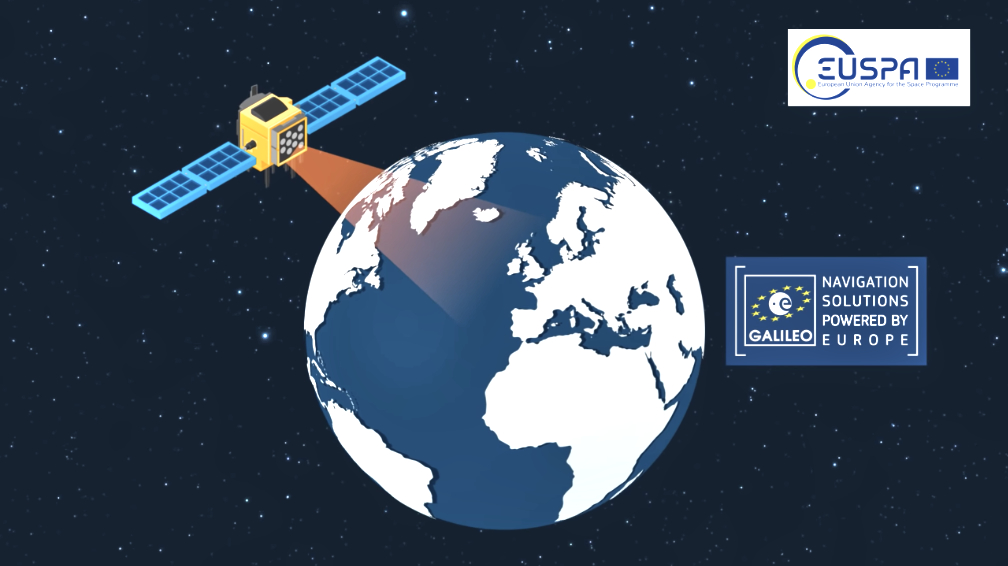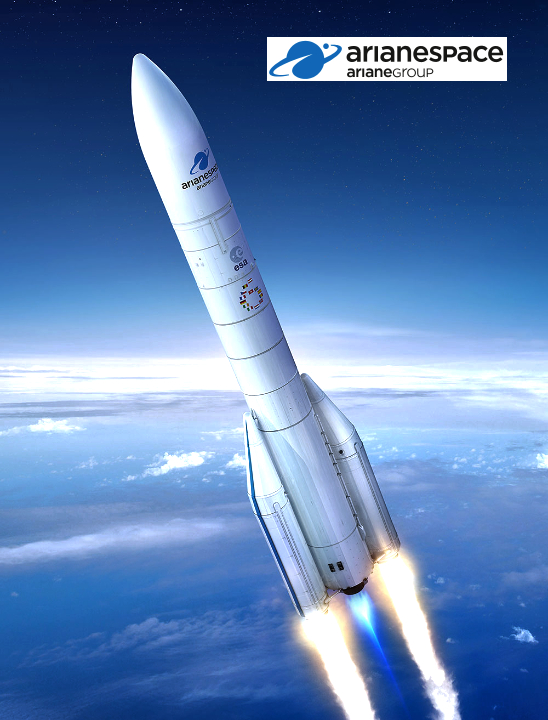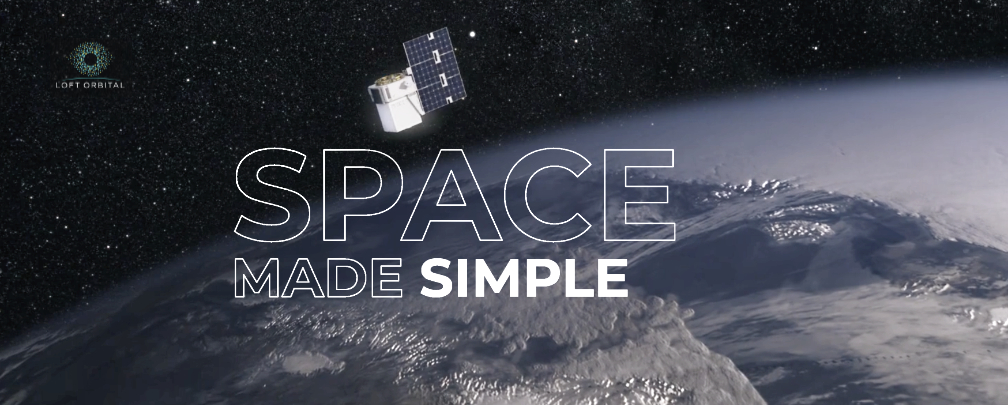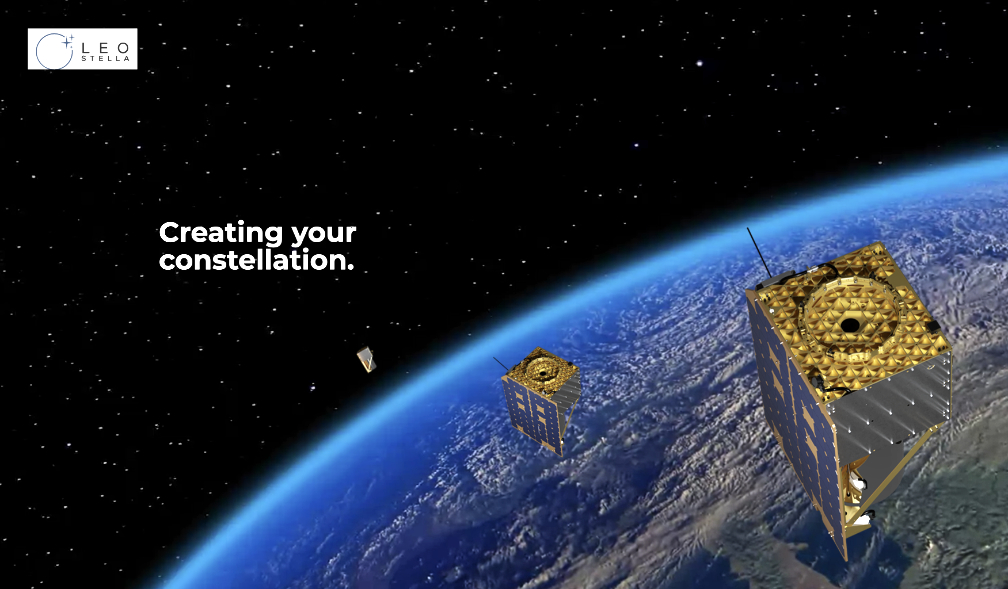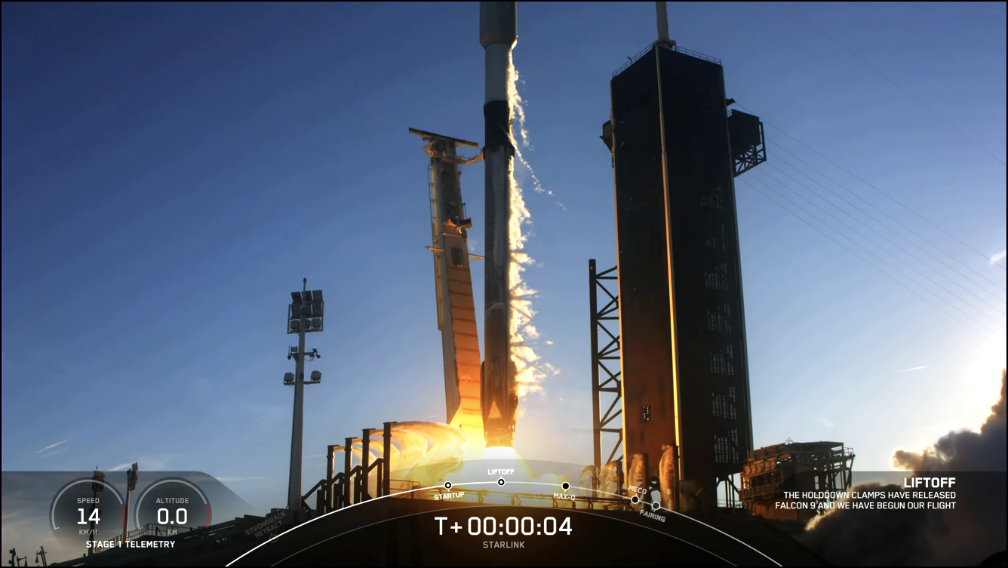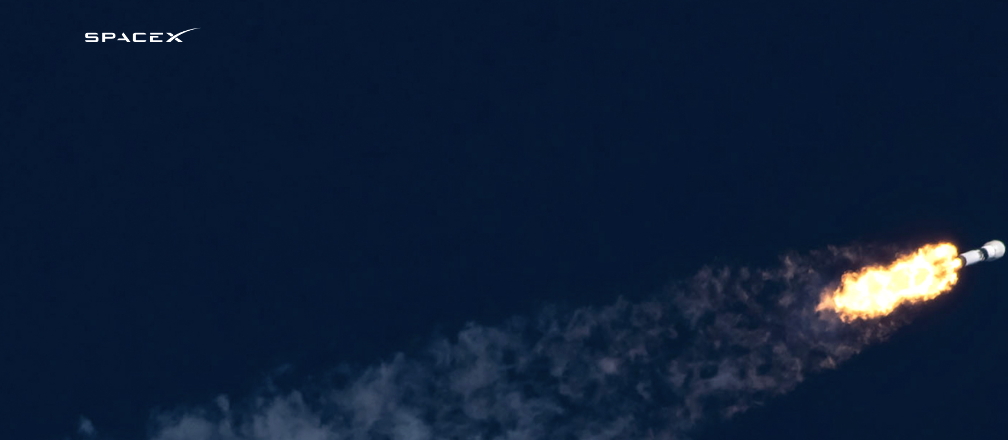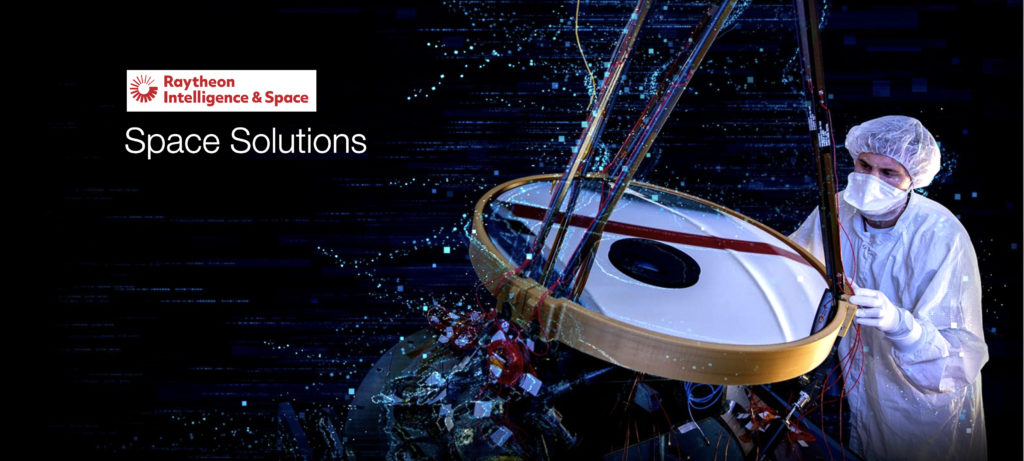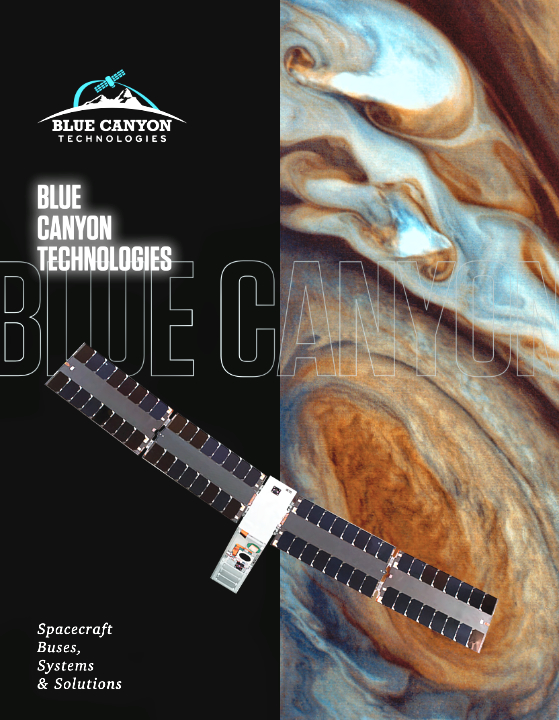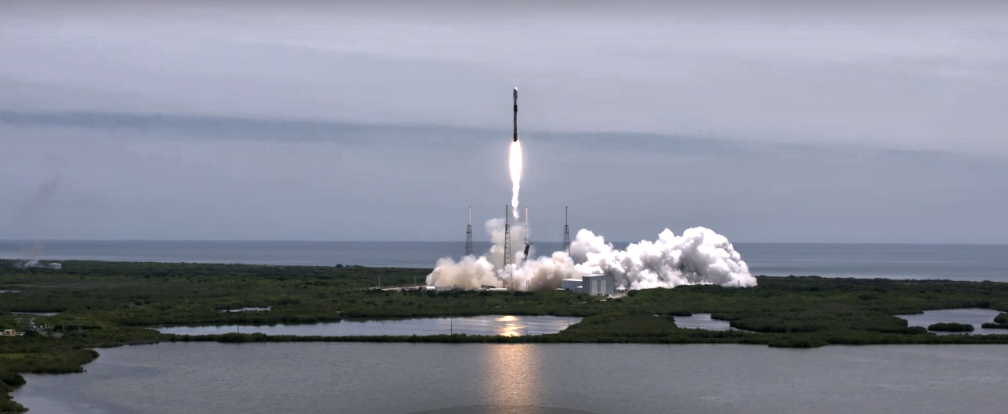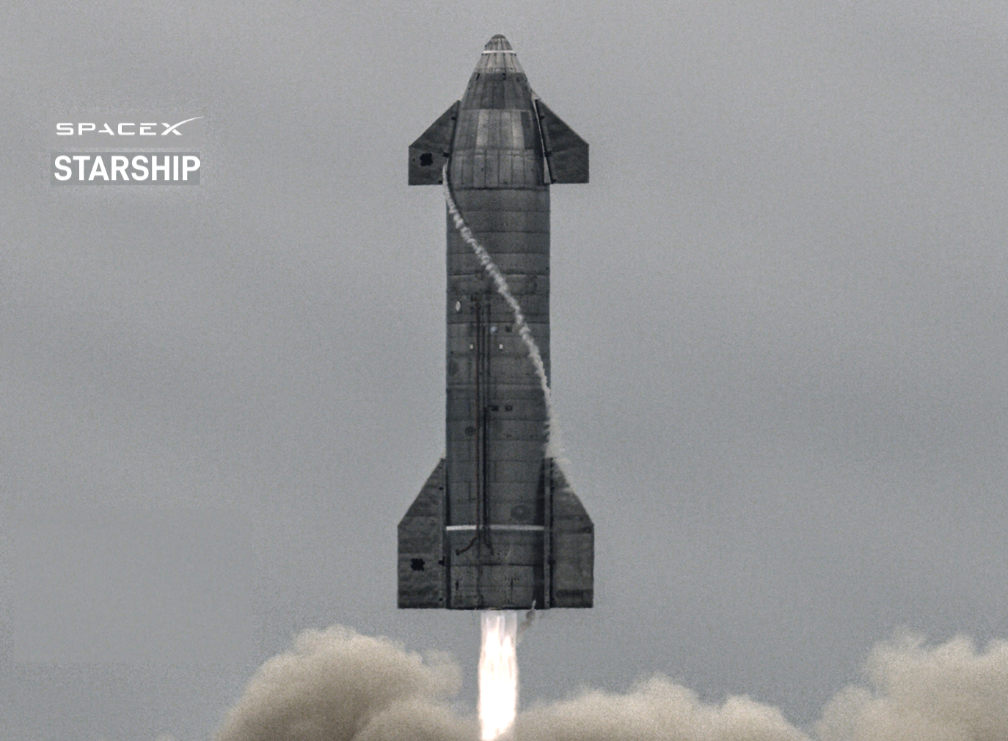
The South Ayrshire Council in Preswick, Scotland, has started the process of submitting a formal planning application for the Prestwick Spaceport development.
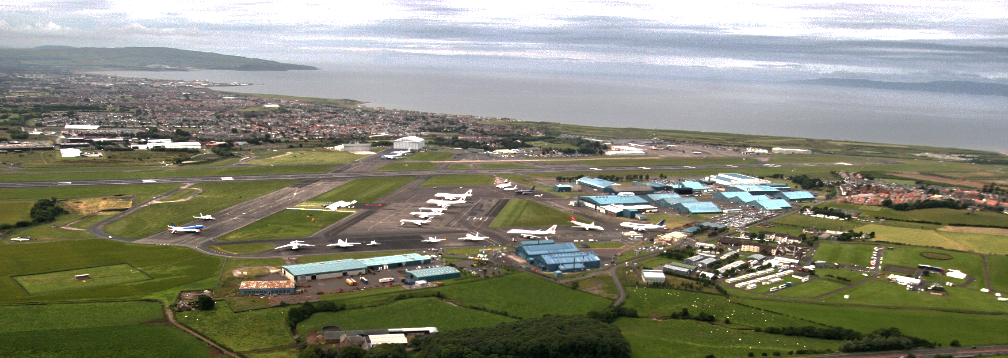
The Proposal of Application Notice (POAN) is the first step in the planning process for Prestwick Spaceport and signals the intent to apply for planning permission in early 2022. The submission of the POAN follows the Council’s submission of an Environmental Impact Assessment Screening Report last year that confirms that Prestwick’s space ambitions will not result in any significant adverse effects to the environment.
Launches from Prestwick will occur using horizontal or air launch, wherein an aircraft will carry a rocket containing smallsats a long distance to high altitude above the ocean. Once safely beyond inhabited areas and above the densest layer of the atmosphere, the rocket leaves the aircraft, ignites its engines and carries its payload to orbit.
Launch operations at Prestwick will consist mainly of processing rockets and their payloads, loading them onto a launch aircraft and then conventional aircraft take-offs will occur from the existing airport runways.

To provide horizontal launch capability, which until now has never been accessible anywhere in Europe, Prestwick Spaceport has signed a Memorandum of Understanding with Astraius, a leading UK-based commercial horizontal launch company that will launch rockets from standard transport aircraft that require no modification and will be able to place smallsats into a variety of orbits.
These smallsats can be used for a host of applications, such as monitoring climate change or tracking food supply chains to ensure that products in supermarkets are sustainably sourced. The city of Glasgow, Scotland, already designs and manufactures more cubesats than any city outside of the USA.
Prestwick aims to conduct the first rocket launch by the end of 2023, a goal supported by the Ayrshire Growth Deal, a multi-million-pound funding package that was signed last year. £80 million of the Growth Deal is dedicated to securing Ayrshire’s future as a leading region in the UK’s aerospace and space engineering industries.
Satellite launches from Prestwick, along with the other measures in the Ayrshire Growth Deal, will create many opportunities beyond launch, such as establishing a high-tech space supply chain in the region to complement the existing aerospace cluster, creating as many as 4,000 jobs for the local economy. Horizontal launch from Prestwick will give Ayrshire the opportunity to be at the forefront of satellite launches in the UK as well as in Europe.
Councilor Peter Henderson, Leader of South Ayrshire Council, said, “Prestwick Spaceport has achieved another milestone by filing a POAN for its development. The POAN starts the process for Prestwick Spaceport submitting its formal planning application later this year. This follows on from Prestwick Spaceport securing a launch provider, Astraius, in September last year. By securing a launch partner and beginning the planning process, South Ayrshire is on its way to establishing Prestwick Spaceport and ensuring an exciting future for our local communities and making South Ayrshire part of the global space economy.”
Zoe Kilpatrick, Commercial Director at Glasgow Prestwick Airport said, “We are delighted to see the next stage of the Prestwick Spaceport being developed. We are building an industry in Ayrshire which will create jobs and investment for years to come. 2022 will see further developments as we partner with more organisations to grow and expand our space capabilities here at Glasgow Prestwick Airport. It is a very exciting time to be involved with the project and I look forward to seeing progress made over the coming months as we approach our first launch in 2023.”
The public will be invited to find out more about the Spaceport planning application, ask any questions about the proposed development and give their views at public consultation events to be held in February and March.
Further details will be made available in advance of these public consultations. The Aerospace and Space project is being funded with £32 million from the UK Government, £30 million from the Scottish Government, and £18 million from South Ayrshire Council as part of the £251 million Ayrshire Growth Deal – a ten year investment program jointly funded by the UK and Scottish governments and local authorities.

